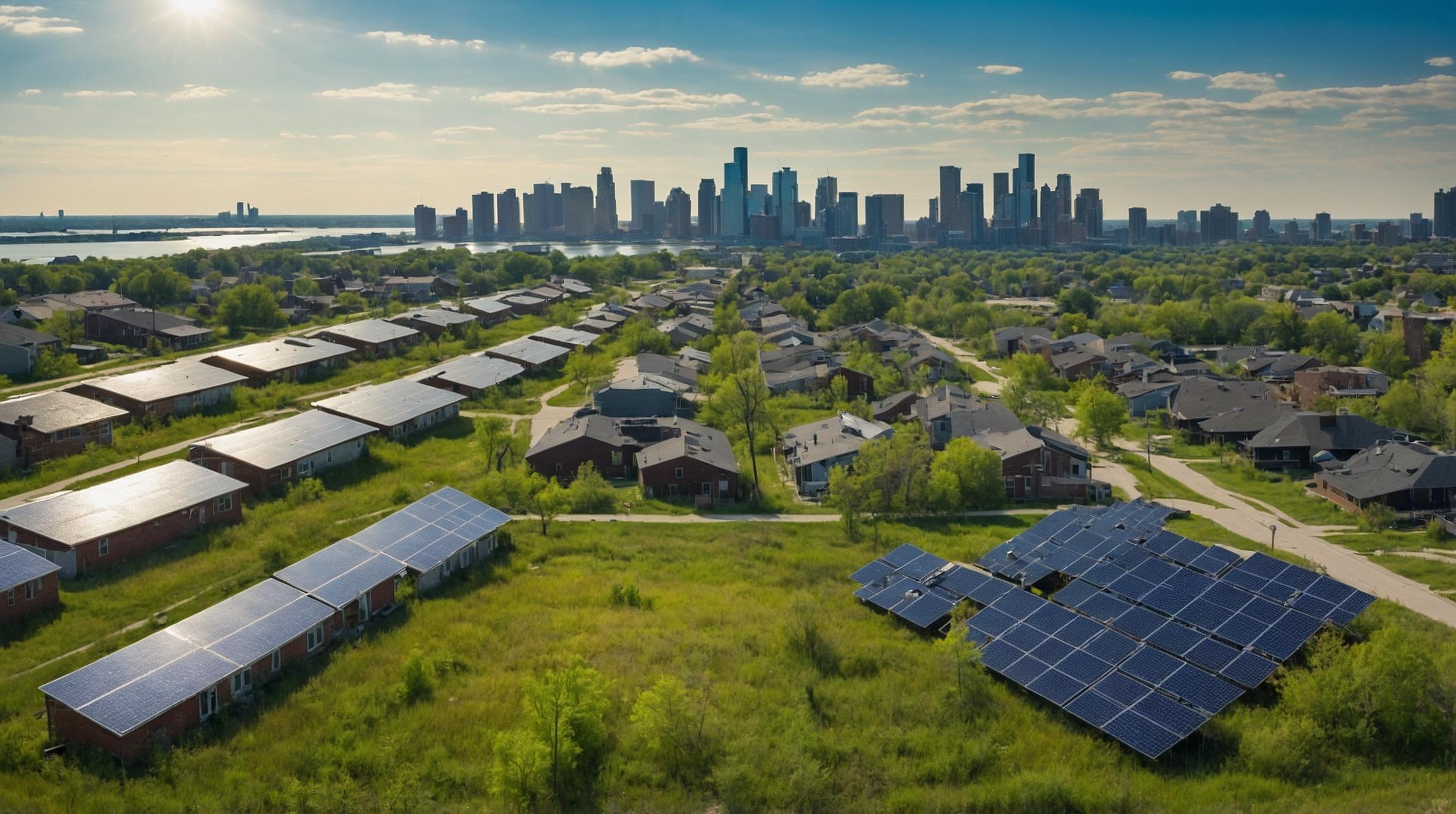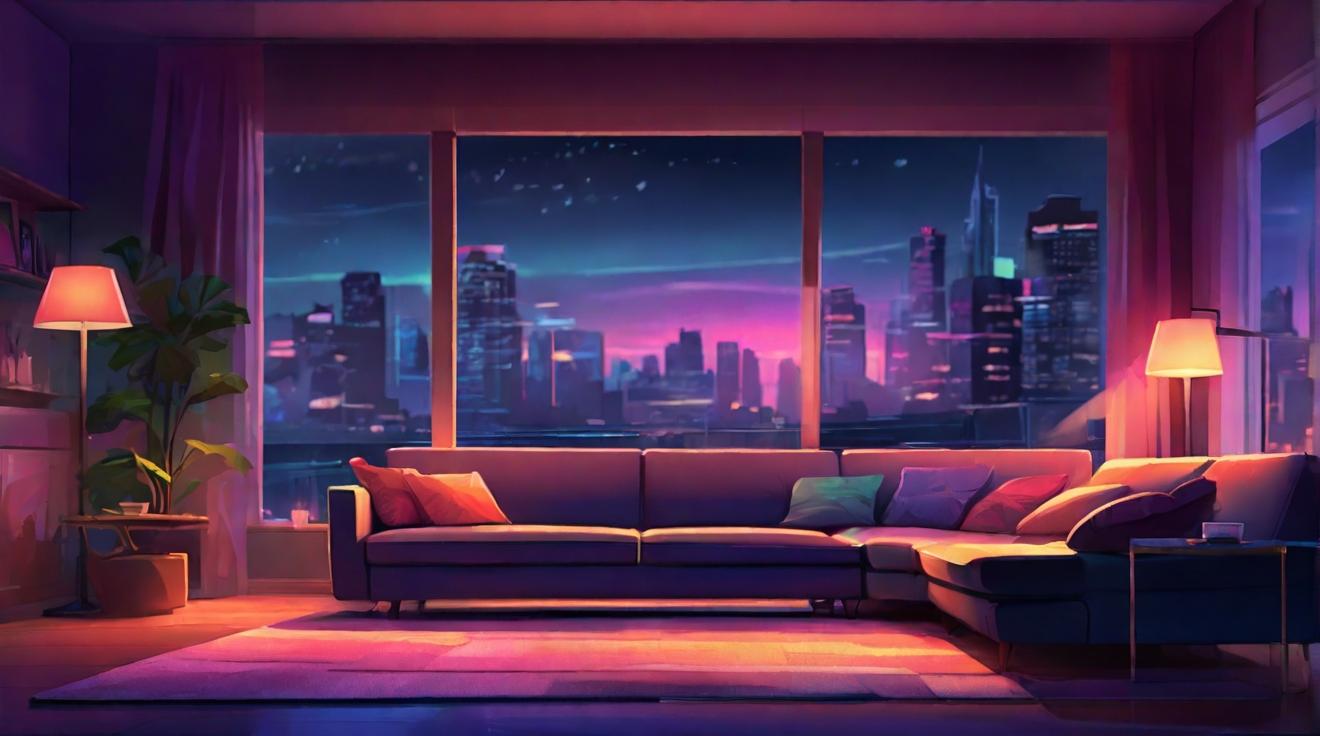Solar Neighborhoods: A New Solution for Detroit's Vacant Land and Climate Change
What is Happening in Detroit?
DETROIT — Patricia Kobylski has lived in her eastside Detroit neighborhood for a long time. She remembers when her street was full of houses and people. Now, only 10 houses are left where there used to be 50 or 60.
But change is coming. The city of Detroit has a plan to build solar arrays—blocks of ground-based solar panels—on vacant land in neighborhoods like Patricia’s. This plan aims to use Detroit's empty spaces to produce clean, cheap electricity.
How Will This Work?
The City Council needs to approve this project. If they do, neighborhoods like Patricia's will get solar panels on 23 acres of land. Nearby neighborhoods will get arrays on 41 acres and 40 acres respectively. In total, the city wants to put arrays on 200 acres of land. These arrays will generate enough electricity to power 127 municipal buildings.
Financial Benefits
Detroit will use $14 million from an existing utility fund to cover the initial costs like buying and cleaning the land. Eventually, these solar fields will save Detroit $4.4 million each year. Mayor Mike Duggan believes this investment will also help increase property values and tax revenues in these forgotten communities.
A National Example
The Solar Neighborhoods project could become a model for other cities grappling with climate change. Mayor Duggan announced these plans last year after President Joe Biden encouraged cities to use more solar power. There are federal tax incentives from the Inflation Reduction Act that cover 30% or more of renewable energy costs.
Community Involvement
Neighborhood groups held meetings to discuss hosting solar fields. Those selected will receive $15,000 to $25,000 for energy efficiency upgrades. Residents can use these funds for new windows, roof repairs, energy-efficient appliances, and more.
Donna Anthony, another resident, looks forward to this change. Besides environmental benefits, she wants to use her funds to get new attic insulation, vinyl siding, and a generator.
Solving More Than One Problem
Putting solar panels on vacant lots also fights illegal dumping—a big issue in Detroit. Abandoned lots often become dumping sites for trash, tires, and construction materials. Solar farms can turn these spaces into something useful and attractive.
Past Efforts to Improve Detroit
Under Mayor Duggan, Detroit has made strides in improving deteriorating neighborhoods, demolishing at least 24,000 vacant structures since 2014. Many areas left empty have been returned to the community as maintained lots or homes sold through the Detroit Land Bank.
Challenges and Criticisms
However, not everyone sees solar arrays as entirely positive. Anika Goss, CEO of Detroit Future City, points out several downsides, including the creation of heat islands. These are parts of cities that get hotter than their surroundings. She is also disappointed that the generated electricity won’t directly lower residents' utility bills. Although community funds help with basic energy upgrades, they’re not enough for more costly improvements like new roofs.
Moving Forward
The city is hopeful about breaking ground on the project by the end of the year. For residents, this means turning empty, wasted spaces into valuable parts of the community again.
In conclusion, Detroit’s Solar Neighborhood initiative is a promising step towards making the most of vacant land, producing green energy, and revitalizing neighborhoods. With careful planning and community input, it could bring significant financial and environmental benefits to the city.
This article is written to help everyone understand how Detroit plans to tackle vacant land issues and climate change using solar power.













